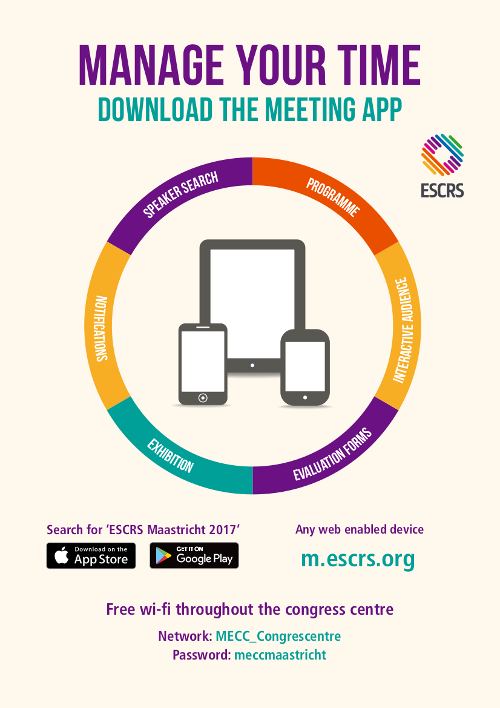Posters
(results will display both Free Papers & Poster)
Posterior lenticonus in congenital cataract surgical treatment
Poster Details
First Author: K. Pershin RUSSIA
Co Author(s): N. Pashinova A. Cherkashina A. Tsygankov
Abstract Details
Purpose:
Analysis of surgical treatment of children with posterior lenticonus and congenital cataract.
Setting:
Sovmedtech ltd. (Excimer Eye Centre), Moscow, 109147, Russian Federation
Methods:
8 children (8 eyes) with posterior lenticonus were selected, which is 6.5% of all congenital cataracts in Eximer eye centres in 2003-2015. The average age of the patients was 8.1 ± 3.8 years (0.2-15). Preoperative uncorrected visual acuity was 0.11 ± 0.1 (0.01-0.3), best corrected visual acuity 0.15 ± 0.13 (0.01-0.4). Lensectomy was performed under general anesthesia with the microsurgical systems Millenium, Stellaris (Bausch and Lomb, USA) and Infinity (Alcon, USA) using small incisions technology (1.8 and 2.2 mm). In all cases the different IOL models (Alcon, USA) were implanted, in four cases - toric intraocular lenses.
Results:
In all cases of posterior lenticonus and congenital cataract we performed 'dry' aspiration of the lens. Features of posterior capsulorhexis included the use of two viscoelastics: Healon GV over intraocular lens and ProVisc - under the intraocular lens as a 'layer cake'. Thereafter, posterior capsulorhexis and vitrectomy were done. The lens is implanted in the capsular bag (n=6), in the ciliary sulcus (n=2), the edges of the hole optics were placed behind capsulorhexis hole. In the case of the initial posterior capsule defect (n=3) we performed vitreorhexis and vitrectomy followed by intraocular lens implantation.
Conclusions:
Best corrected visual acuity increased from 0.15 before the operation to 0.72, astigmatism reduced from 2.3±0.9 to 1.6±0.65 D (total astigmatism in the whole group), in a subgroup with toric IOL implantation - from 1.81±0,46 to 0,56±0,56D in the follow-up of more than 36 months.
Lensectomy with intraocular lens implantation in posterior lenticonus and congenital cataract is an effective method of treatment. Such features of the surgical technique as 'dry' aspiration of the lens mass, posterior capsulorhexis, anterior vitrectomy and optic capture might achieve high and stable functional results.
Financial Disclosure:
None



